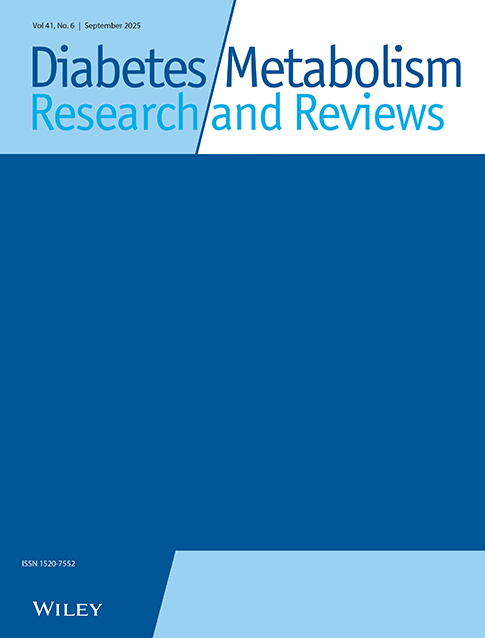Mechanism(s) of the blood glucose lowering action of benfluorex
Abstract
Benfluorex is a hypolipidaemic agent with biguanide-like properties. To evaluate its blood glucose lowering action, a single-blind study protocol was designed. Two groups of seven type II (non-insulin-dependent) diabetic patients matched for age (50 ± 4 vs. 53 ± 1 years), sex, body mass index (27.8 ± 0.6 vs. 26.5 ± 0.7 kg/m2), and duration of diabetes were studied before and after 1 month of treatment with benfluorex 150 mg tid (= tres in die = three times a day), PO (= per os = by mouth) or a placebo, respectively. All patients had previously been treated by diet alone. In all patients, parameters of glucose and lipid metabolism were obtained. Insulin sensitivity was assessed by means of a euglycaemic (5.1 ± 0.1 mM) hyperinsulinaemic (516 ± 28 pM) clamp performed in combination with [3−3H]glucose infusion and indirect calorimetry. In no case was there a significant change in body mass index (27.6 ± 0.5 vs. 26.4 ± 0.7 kg/m2). After 1 month of treatment, fasting plasma glucose (6.8 ± 0.2 vs. 8.1 ± 0.6 mM) and HbA1C (glycated haemoglobin; 6.5 ± 0.2 vs. 8.0 ± 0.7%) were lower in the benfluorex group than in the placebo-treated patients (both p < 0.05). No change was observed in hepatic glucose production (HGP) (13.5 ± 1.4 vs. 13.9 ± 1.1 μmol/min per kg), the basal rate of glucose, and lipid oxidation and non-oxidative glucose metabolism, or in plasma triglyceride and total cholesterol concentrations. During euglycaemic hyperinsulinaemia, the rate of insulin-mediated glucose disposal was enhanced by benfluorex (34.5 ± 1.1 μmol/min per kg) as compared with the placebo (27.2 ± 4.0 μmol/min per kg; p < 0.05). In both cases, HGP was completely suppressed. Concomitant with the rise in the rate of glucose disposal, glucose oxidation was not affected (12.3 ± 2.0 vs. 12.1 ± 1.0 μmol/min per kg), while the increase in non-oxidative glucose metabolism (22.2 ± 1.9 vs. 14.2 ± 2.0; p < 0.05) accounted for the entire improvement in insulin-mediated glucose metabolism. Both the plasma free fatty acid (FFA) levels and the rate of lipid oxidation were equally suppressed after benfluorex or the placebo. Our results demonstrate that short-term administration of benfluorex to diabetic patients with mild fasting hyperglycaemia induces an amelioration of glucose control even in the absence of a hypolipidaemic effect. The blood glucose lowering action of the drug seems to be associated with a peripheral effect on non-oxidative glucose metabolism.




